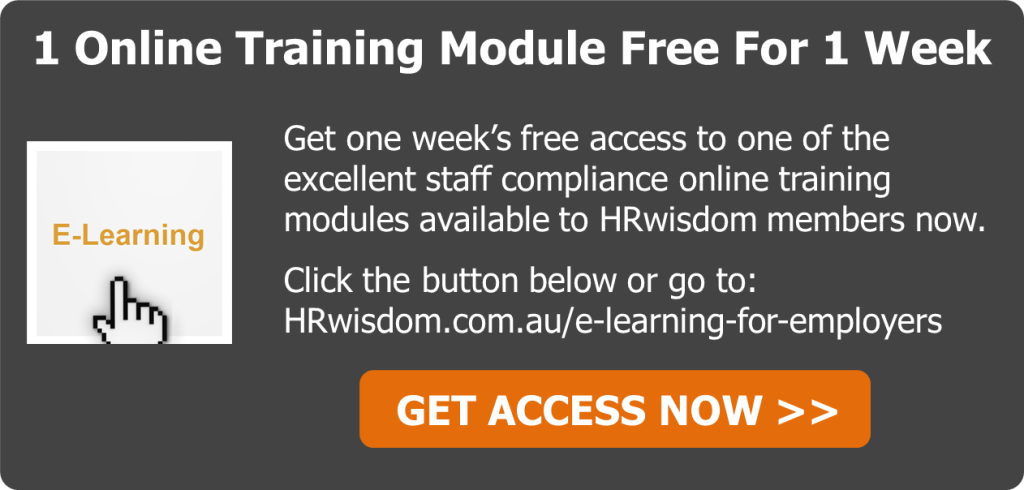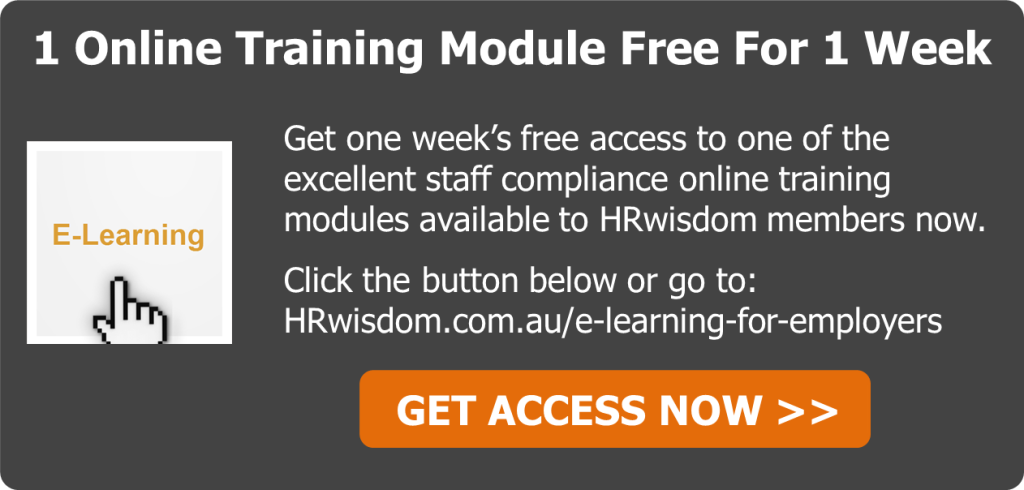How To Benefit From Team Building Events
At HRwisdom, we often look at how to motivate and engage staff. Today, we have a guest article which looks at how to benefit from team building events.
How Businesses Can Benefit From Team Building Events
Team building is not a new phenomenon but an increasing number of businesses are only just discovering the benefits that team activities can bring. 
Team building’s effect is two-fold: it not only stimulates personal development in employees but the day can also have a lasting impact on the business in the form of improved productivity and motivation.
In fact, the benefits of team building are having such an impact that some businesses are incorporating team building as part of their standard curriculum, making it a regular outing every month or two months.
If you’re out of the loop, you may be wondering just what makes team building such an important part of business. Here’s a handful of reasons.
Leadership
Most team-building activities involve solving a problem; from creating a structure from scratch or eliminating an opposing team at paintball. From a business perspective, it is interesting to see which members of a team step up to the leadership plate in this type of environment.
Through observation, managers can also identify particular talents like delegation, planning and other individual skills that may emerge. By letting this expertise blossom on a team day and bringing them back to the workplace, businesses can benefit from the use of these skills in an office environment.
It’s not just businesses that can reap the benefits. Certain team-building activities can foster confidence, energy and creativity in a team as well as giving people the chance to learn personal information about each other. By establishing a rapport between team members that may not have bonded before, people could be willing to work in a more amicable way in the office.
Motivation
Further to building rapport, team members can have a tendency to help each other more when a problem needs to be solved. On a team-building day, an environment is specifically created, helping people to work together to achieve a certain goal or objective. This can be useful when brought back to the workplace as working together to reach a target is a key objective for many businesses.
Motivation to solve tasks not only helps achieve personal goals but also improves business performance. Think of your company as a machine with a lot of little cogs that need to turn for the business to move forward. Regular maintenance and calibration is needed for the machine to improve; it’s the same for your workers.
Team-building activities can also help foster innovation; a key trait for any business looking to grow. SmartBlogs suggests you might even be “surprised at the innovations and improvements that result from all that collaborative brainpower” let loose in an environment outside the office.
As we can see, there are more than a few reasons to embark on a regular team-building day. Throwing a spanner into the predictable pattern and routine of the workplace may return dividends at the end of the financial year in the form of trust, performance and the understanding of a team’s strengths.
HRwisdom
Written by Blue Hat (www.bluehatgroup.co.uk). Bluehat Group is a multi award winning team building organisation. They specialise in live events with particular emphasis on communication, motivation, learning and performance related outcomes.
















